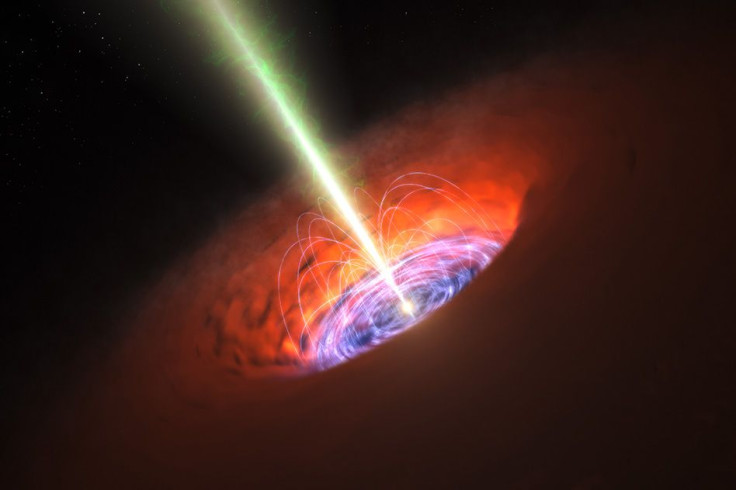New Study Suggests Possibility Of Planets Orbiting Supermassive Black Holes

Two theoreticians from Japan defied the common notion that planets only orbit host stars such as the Sun. According to the scientists, it is also possible for planets to form and orbit around a supermassive black hole.
A new study submitted by the two theoreticians focused on the latest theories that planets are formed from the clouds of dust and other cosmic material that aggregates in the protoplanetary disk around a star. According to these theories, as the clouds of dust spin around the star, they would eventually clump together to form massive cosmic bodies such as planets.
For the authors of a new study, stars are not the only cosmic structures that are surrounded by disks composed of dust clouds. As previous studies and observations have proven, black holes are surrounded by accretion disks. Similar to the one found in stars, an accretion disk is filled with other cosmic debris that swirl around the black hole.
For the study’s co-author Keiichi Wada of the Kagoshima University, it is possible for large objects to form from the dust surrounding massive black holes.
“With the right conditions, planets could be formed even in harsh environments, such as around a black hole,” he said in a press release.
One of the factors that could make the surroundings of supermassive black holes the ideal place for planet formation is the temperature within the region. In stars, low temperatures in specific regions of the protoplanetary disk can cause dust particles with ice mantles to fuse together.
Black holes, on the other hand, can have disks that are hundred thousands of times more massive than a star as big as the Sun. Since the disks of black holes are so dense, they are able to block out the intense radiation from their central region. This causes low-temperature regions to emerge within the disk.
Through this concept, the authors of the study claimed that supermassive black holes are capable of creating planets that are bigger than Earth.
“Our calculations show that tens of thousands of planets with 10 times the mass of the Earth could be formed around 10 light-years from a black hole,” Eiichiro Kokubo of the National Astronomical Observatory of Japan said.
The study carried out by Kokubo and Wada has been submitted for publication in the Astrophysical Journal.
© Copyright IBTimes 2025. All rights reserved.





















